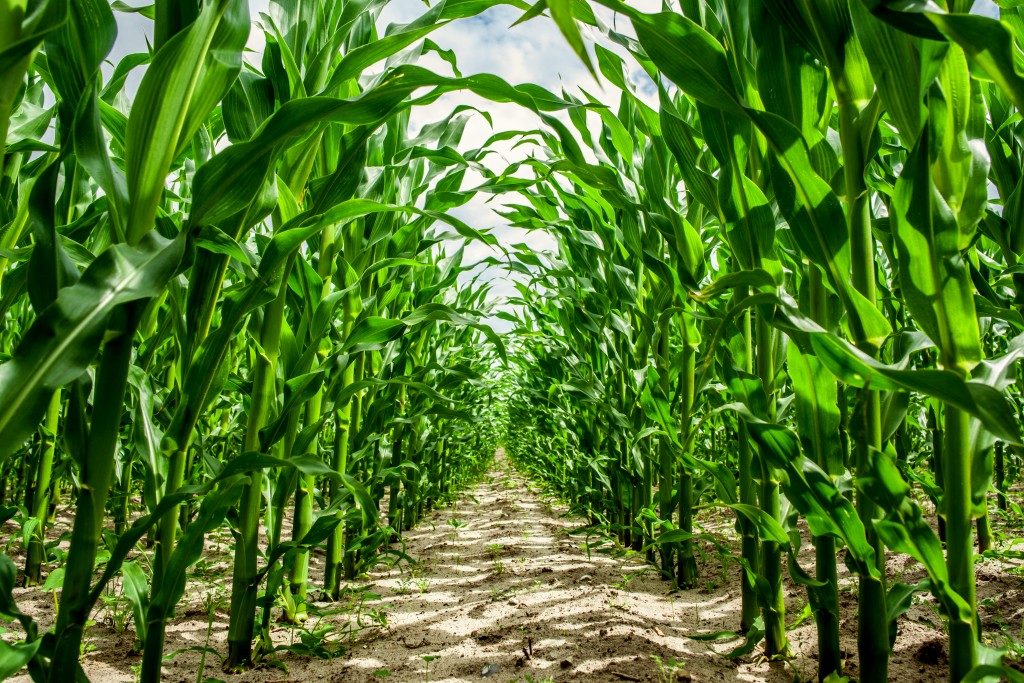As a farmer, your crops are your life. You spend every day of every year making sure that your crops are growing and safe from pests and drought. So, you invest in high-quality fertilizers and acquire the best agricultural equipment, including spray units for sale. Expectedly, you also want to increase your production. Good thing, there are many easy but effective steps you can take to achieve that.
1. Be an early planter
Use any equipment or technology at your disposal to make sure that your soil is good for growing crops. As soon as you get the good results, start planting right away. The reason behind this is that your seeds will be able to make the most out of your favourable soil conditions when it still has an optimum amount of nutrients.
2. Practise seasonal soil rotation
This can help diversify the demands of your soil. If you only plant one kind of crop all-year-round, your soil’s structure will deteriorate because that crop will eat up all the nutrients specific to its needs. If you plant another kind of crop, on the other hand, you will be using up other nutrients present in your soil for that other crop and so, the other nutrients can redevelop in time for your primary crop.
Also, crop rotation protects your soil from being infested by pests. If you plant only one type of crop, the pests that feed on that crop can thrive in your field because they have constant access to their food source.
3. Monitor your field

Any farmer who does not take the time to inspect their field is not a true farmer. You should always go around your field and check each and every crop and even the soil if there are any problems. If you see even a small amount of weed growth, you should take it out right away before it ruins the rest of your crops. Remember, they could do a lot of damage in a short amount of time.
4. Be an expert on your yield potential
Learn as much as you can about your field’s yield potential because this will tell you what kind of seeds will grow effectively in your soil.
5. Employ proper water drainage
It is not enough that your crops have water. You also need to ensure that they are not getting too much or you will run the risk of damaging them. So, make sure that your field has proper water drainage so that all your crops will get just enough water.
6. Invest in fertilizers and equipment
You should get the best fertilizers for your crops and not settle for anything less. You should also invest in equipment that can help you put in your fertilizers as easily and quickly as possible, especially if you have a large area to cover.
Farming is a tough job. But as long as you take these steps, you will be able to grow crops worthy of the next county fair.

